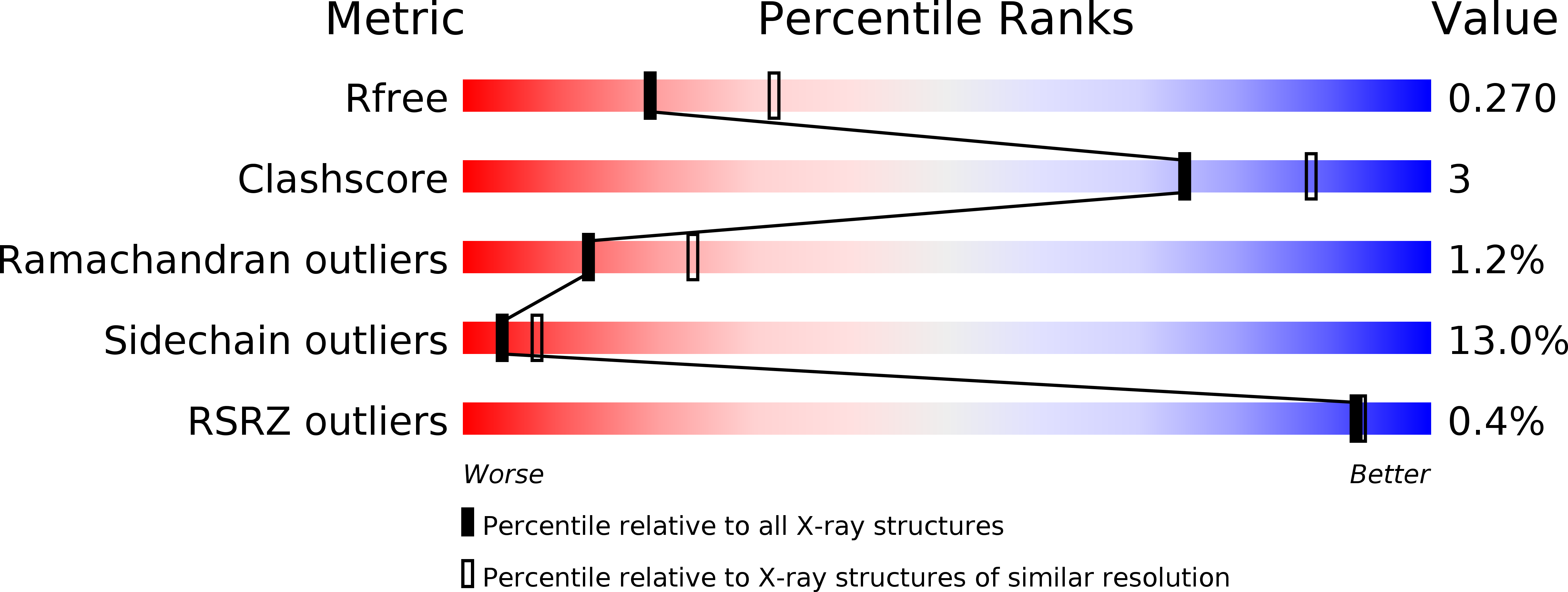
Deposition Date
2012-10-03
Release Date
2013-08-21
Last Version Date
2024-02-28
Entry Detail
PDB ID:
4HEE
Keywords:
Title:
Crystal structure of PPARgamma in complex with compound 13
Biological Source:
Source Organism:
Homo sapiens (Taxon ID: 9606)
Host Organism:
Method Details:
Experimental Method:
Resolution:
2.50 Å
R-Value Free:
0.25
R-Value Work:
0.19
R-Value Observed:
0.19
Space Group:
C 2 2 21


